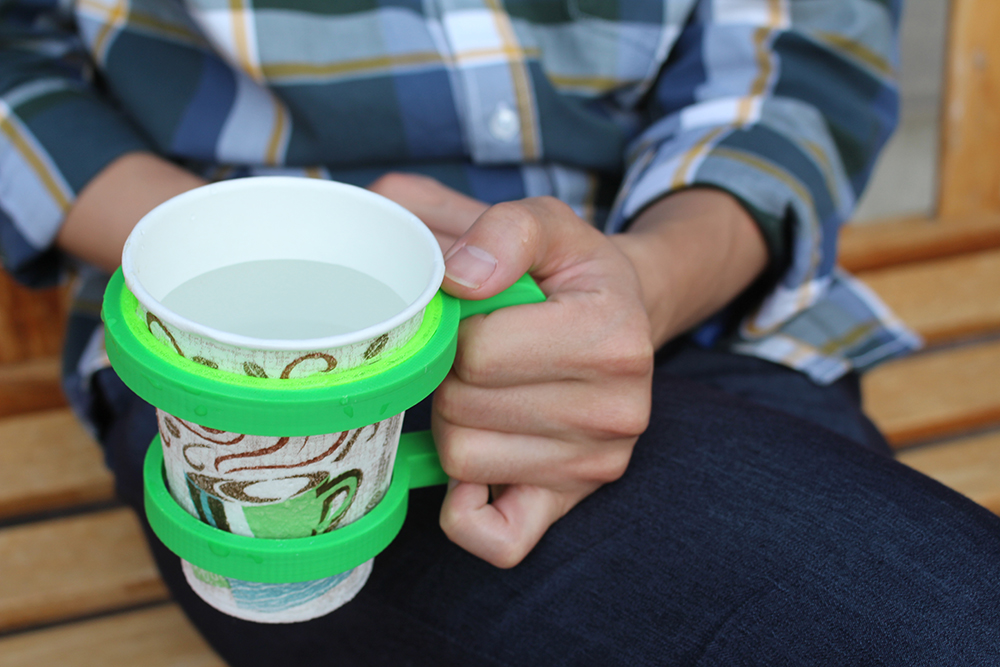Abstract
The growing accessibility of 3D printing to everyday users has led to the rapid adoption, sharing of 3D models on sites such as Thingiverse.com, and visions of a future in which customization is a norm and 3D printing can solve a variety of real-world problems. However, in practice, creating models is difficult and many end users simply print models created by others. In this paper, we explore a specific area of model design that is a challenge for end users' measurement. When a model must conform to a specific real world goal once printed, it is important that that goal is precisely specified.
We demonstrate that measurement errors are a significant (yet often overlooked) challenge for end users through a systematic study of the sources and types of measurement errors. We argue for a new design principle--accommodating measurement error--that designers, as well as novice modelers, should to use at design time. We offer two strategies--buffer insertion and replacement of minimal parts--to help designers, as well as novice modelers, to build models that are robust to measurement error. We argue that these strategies can reduce the need for and costs of iteration and demonstrate their use in a series of printed objects.
Full Citation
Jeeeun Kim, Anhong Guo, Tom Yeh, Scott E. Hudson, and Jennifer Mankoff. 2017. Understanding Uncertainty in Measurement and Accommodating its Impact in 3D Modeling and Printing. In Proceedings of the 2017 Conference on Designing Interactive Systems (DIS '17). ACM, New York, NY, USA, 1067-1078. DOI: https://doi.org/10.1145/3064663.3064690
Other Media

